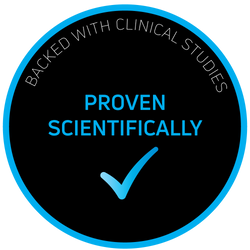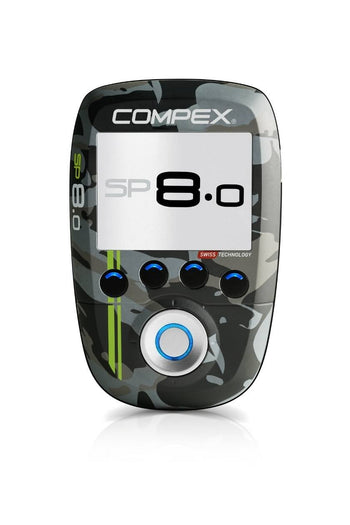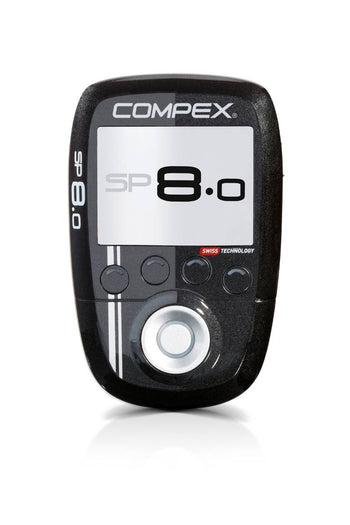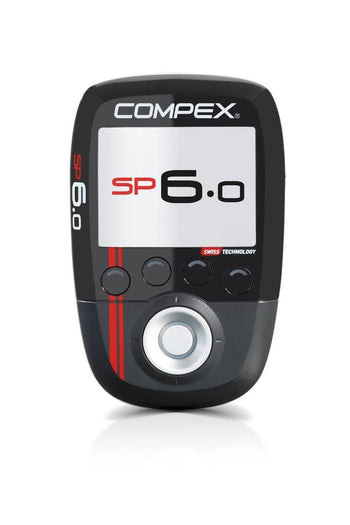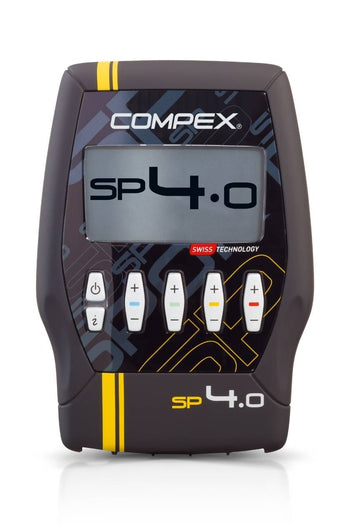Shin splints (medial tibial stress syndrome) are a micro-traumatic overuse injury most often located on the anteromedial surface or medial edge of the tibia. They result from the repetition of microtraumas causing pulling of the muscle fascia at their insertions. This condition is common in sports such as running, where repetitive impact and take-off are frequent. Shin splints can be relieved with electrostimulation—discover how in this article.
PHASE 1: ACUTE PHASE OF SHIN SPLIT
During the acute (inflammatory) phase of shin splints, you experience sharp pain, often with repercussions on certain everyday movements (walking, climbing stairs, etc.).
✅ Program:
Pain Relief TENS
🕒 Treatment duration and procedure :
Throughout the acute phase and for as long as inflammatory signs persist.
At least 1 session per day. If needed, sessions can be repeated several times a day.
📍Electrode placement:
Cover the entire painful area with as many electrodes as necessary. We recommend using large electrodes (2 large ones, or 4 if needed).

🧘Body position:
Adopt the most comfortable position possible.
⚙️Intensity setting:
Desired effect: Achieve a pronounced but painless tingling sensation.
Gradually increase the stimulation intensity until you feel a well-defined tingling sensation. Increasing the intensity beyond this point does not improve effectiveness and may trigger muscle contractions, which are undesirable for this treatment.
- For devices with mi-TENS technology: As soon as a contraction is detected, the stimulation intensity is automatically reduced.
- For devices without mi-TENS technology: If a muscle contraction appears, manually reduce the intensity slightly.
PHASE 2: CHRONIC PHASE OF MEDIAL TIBIAL STRESS SYNDROME
During the chronic phase, the pain decreases significantly, but discomfort may persist, or pain may reappear under specific conditions.
✅ Program:
Muscle Pain
🕒 Treatment duration and procedure :
Throughout the chronic phase until all pain symptoms have disappeared.
It is recommended to consult your doctor if no improvement is seen after the first week of use.
At least 1 session per day. If possible, 2 sessions per day with at least 10 minutes of rest between them.
📍Electrode placement:
Use 3 cables or 3 modules to stimulate all the muscles of the lower leg at the same time, as shown below.
Wired placement:
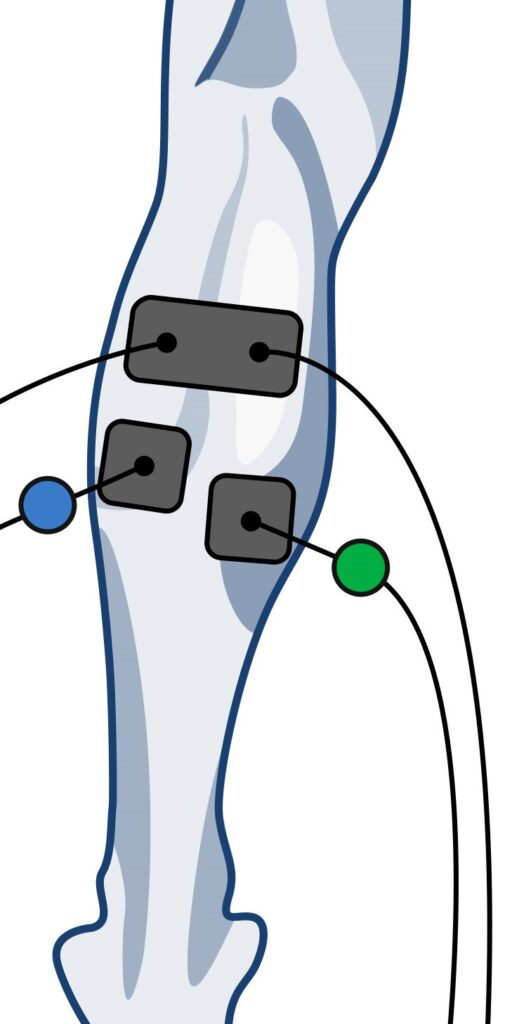
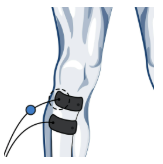
Wireless placement:

Intensity setting:
Desired effect: Achieve clearly pronounced muscle twitches while remaining comfortable.
Increase the intensity until you obtain a muscle response that feels like a beat or strong vibration, also called muscle twitches. This muscle activity, very different from a true contraction, acts like a pump, which is key to significantly increasing blood flow to the stimulated muscle. As you increase the intensity, the muscle twitching starts subtly, then becomes more pronounced until reaching a plateau where the muscle response is maximal.
You may increase the intensity beyond this point, but it will not provide additional benefits.
For devices equipped with mi-RANGE technology, the optimal stimulation intensity zone is indicated on the screen:
- SP 4.0: A small bracket indicates the optimal zone; keep the intensity within this bracket and, if possible, at its maximum level.
- Fit 5.0 and SP 6.0: Increase intensity until the message “Optimal intensity level found” appears. If the stimulation is comfortable, you can increase it slightly to make the twitches more pronounced.
- SP 8.0: The mi-AUTORANGE function automatically adjusts the intensity. Once the optimal intensity is found, “Optimal intensity level found” will appear. If comfortable, you may increase the intensity slightly for stronger twitches.
Shin splints can therefore be relieved with electrostimulation, although results vary from person to person. Of course, there are other relief methods, but they are beyond the scope of this article.

